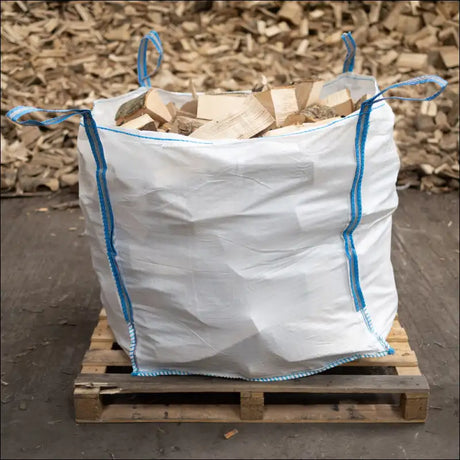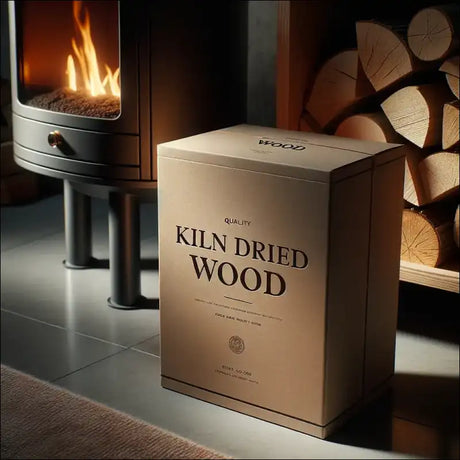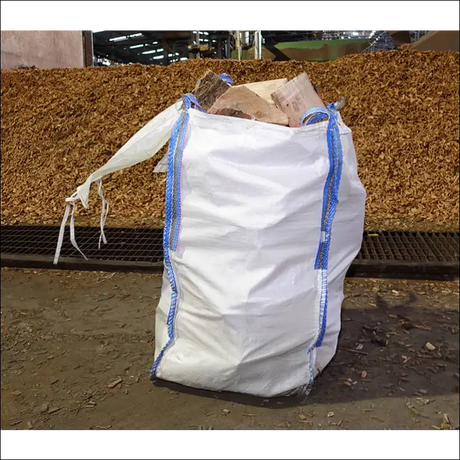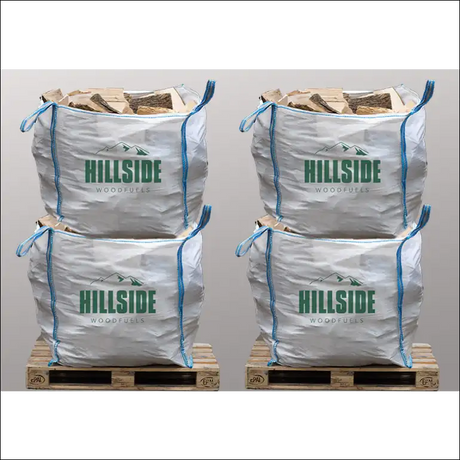Have you ever wondered why some firewood burns better than others? The secret often lies in how the wood is dried. Today, we're diving deep into the world of kiln drying wood, a process that's revolutionising the firewood industry. Whether you're a cosy homeowner looking to maximise your fireplace efficiency or a budding entrepreneur in the wood fuel business, understanding kiln drying is crucial.
The Basics of Kiln Drying Wood
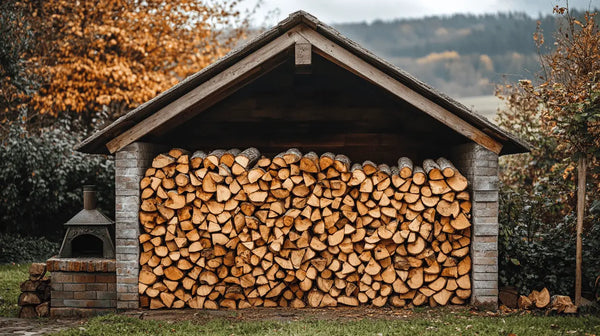
Kiln drying is a method of removing moisture from wood in a controlled environment. Unlike traditional air drying, which can take months or even years, kiln drying accelerates the process, producing high-quality firewood in a matter of days.
But why is this important? Well, the moisture content in wood directly affects its burning efficiency. Wet wood not only burns poorly but also produces more smoke and creosote, which can be harmful to both your health and your chimney. Kiln dried wood, on the other hand, burns cleaner, hotter, and more efficiently.
How Does Kiln Drying Work?
Imagine a large oven, but instead of baking cakes, it's drying wood. That's essentially what a kiln is. Here's a step-by-step breakdown of the process:
- Loading: Freshly cut wood is stacked onto trolleys or pallets.
- Heating: The kiln is heated to temperatures between 60°C and 90°C.
- Circulation: Fans circulate hot air around the wood.
- Humidity Control: The humidity inside the kiln is carefully managed.
- Monitoring: Moisture levels are continuously checked.
- Cooling: Once the desired moisture content is reached, the wood is cooled gradually.
The entire process typically takes 3-7 days, depending on the type and thickness of the wood.
The Benefits of Kiln Dried Wood
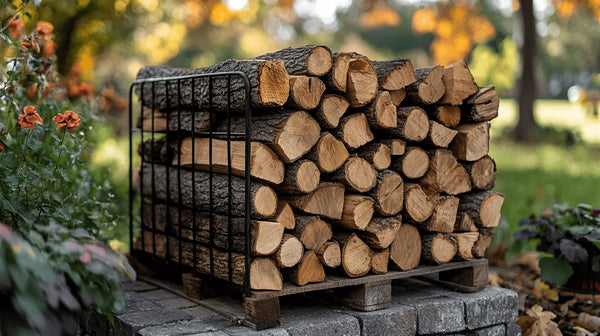
Kiln dried wood offers numerous advantages over traditionally seasoned firewood:
- Lower Moisture Content: Kiln dried wood typically has a moisture content of less than 20%, compared to 30-50% for air-dried wood.
- Higher Heat Output: Drier wood means more heat and less energy wasted on evaporating moisture.
- Cleaner Burning: Less smoke and creosote production, leading to cleaner chimneys and better air quality.
- Consistent Quality: The controlled drying process ensures uniform moisture content across all logs.
- Lighter Weight: Drier wood is lighter, making it easier to transport and store.
- Pest-Free: The high temperatures in the kiln eliminate insects and fungi.
Learn more about the benefits of kiln dried logs for your fireplace
Types of Wood Suitable for Kiln Drying
Not all woods are created equal when it comes to kiln drying. Here are some popular options in the UK:
- Oak: Known for its long, slow burn and high heat output.
- Ash: Burns well even when green, but excels when kiln dried.
- Beech: Produces a steady flame and good heat.
- Birch: Quick to light and burns with a pleasant aroma.
Discover how long kiln dried oak burns for
The Science Behind Kiln Drying
Kiln drying isn't just about applying heat; it's a delicate balance of temperature, humidity, and air flow. The process involves several scientific principles:
- Equilibrium Moisture Content (EMC): This is the point at which wood neither gains nor loses moisture to its environment.
- Fibre Saturation Point: The stage where all free water has been removed from the wood cells.
- Drying Stresses: As wood dries, it can develop internal stresses that need to be managed to prevent cracking.
Understanding these principles helps kiln operators produce high-quality dried wood consistently.
Environmental Impact of Kiln Drying
In an age where environmental concerns are at the forefront, it's natural to wonder about the ecological footprint of kiln drying. While the process does require energy, it's important to consider the bigger picture:
- Efficiency: Kiln dried wood burns more efficiently, potentially reducing overall wood consumption.
- Reduced Transportation: Drier wood is lighter, potentially reducing fuel use in transport.
- Sustainable Sourcing: Many kiln drying operations, like Hillside Woodfuels, source their wood sustainably.
Explore whether burning kiln dried wood is bad for the environment
Kiln Dried Wood vs. Seasoned Wood
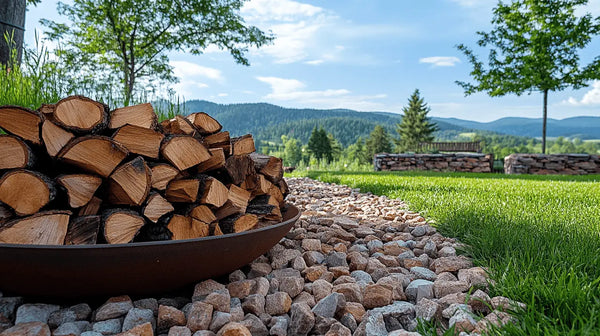
To truly appreciate kiln dried wood, let's compare it to traditionally seasoned wood:
| Aspect | Kiln Dried Wood | Seasoned Wood |
|---|---|---|
| Drying Time | 3-7 days | 6-24 months |
| Moisture Content | <20% | 20-30% |
| Consistency | High | Variable |
| Heat Output | Higher | Lower |
| Smoke Production | Low | Higher |
| Initial Cost | Higher | Lower |
While kiln dried wood may have a higher upfront cost, its efficiency and convenience often make it a more economical choice in the long run.
How to Store Kiln Dried Wood
Proper storage is crucial to maintain the quality of your kiln dried wood. Here are some tips:
- Keep it off the ground to prevent moisture absorption.
- Store in a dry, well-ventilated area.
- Cover the top of the stack, but leave the sides open for air circulation.
- Use a log store for optimal protection.
Learn more about storing kiln dried logs
Is Kiln Dried Wood Worth the Investment?
Given its higher initial cost, you might wonder if kiln dried wood is worth it. Consider these factors:
- Convenience: Ready to use immediately, no need to season.
- Efficiency: Burns hotter and cleaner, potentially using less wood overall.
- Cleanliness: Less mess and easier to handle.
- Consistent Quality: Reliable performance every time you light a fire.
Explore whether kiln dried wood is worth the money
These advancements promise to make kiln dried wood even more efficient and environmentally friendly in the future.
Embracing the Warmth of Kiln Dried Wood
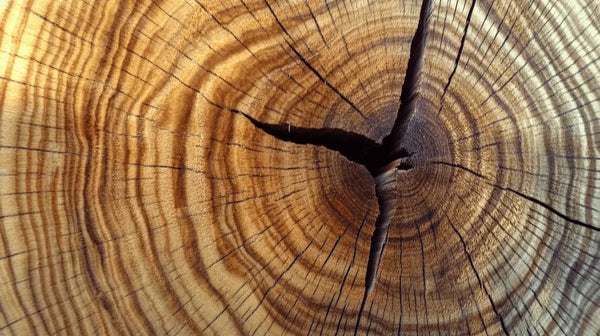
Kiln drying wood is more than just a process; it's a commitment to quality, efficiency, and sustainability. Whether you're curling up by the fireplace on a chilly evening or firing up the BBQ for a summer gathering, kiln dried wood offers a superior experience.
As we've explored, the benefits of kiln dried wood extend beyond just a better burn. It's cleaner for your home, better for your health, and when sourced responsibly, kinder to our planet. So the next time you're stocking up on firewood, consider giving kiln dried logs a try. Your fireplace (and your chimney sweep) will thank you!
Remember, the warmth of a good fire isn't just about the heat it produces, but also about the quality of the experience it provides. With kiln dried wood, you're not just buying fuel; you're investing in cosier evenings, more efficient heating, and a cleaner home. Now that's something worth warming up to!



